|
Advertisement
|
Excelsior
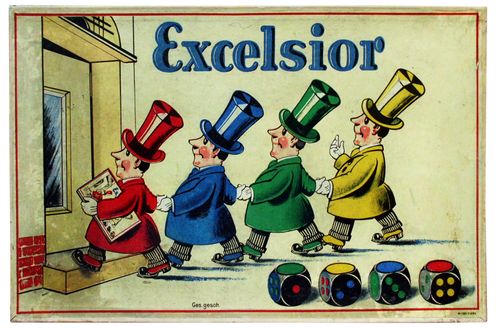
DescriptionThe game Excelsior consists of 4 separate games: 1. Kreuz und quer (Criss-cross) 2. Im Kreise hin und der (In circles back and forth) 3. Wer ist der Erste? (Who ist the first?) 4. Wer ist der Letzte? (Who is the last?) —user summary Game DiscussionsAdd CommentYou need to be logged in to comment. Insert Bullet List Please enter at least one item. Item: Item: Item: Item: Item: Insert Numeric List Please enter at least one item. Item: Item: Item: Item: Item: Insert Link Please enter the link of the website Optionally you can add display text Insert Email Please enter the email address Optionally add any display text Insert Image Please enter the link of the image Insert YouTube Video Please enter the link of the video MarketplaceNo listings at the moment. Do you own this game? Click here to list it for sale.
Similar Games
|
Best Sellers
Board Games
|
||||||||||||||
Latest Searches: %27 | monte | Energize+bumblebee | Marvel+legends+iron+man | Push-it | super spirograph 75 piece | Millers hallow | Circa baseball | How to play dumboard | murder+s | gaia+project | Yahtzee | Beyblade Burst Evolution SwitchStrike Starter Pack Spryzen Requiem S3 | dota | Privacy | linko | cry havoc: tactical | Asterix | antiquity quest | fast track board | Laurel+olopy | tradotti in italiano | Gonzales | Barstow+Oporto | AggrevTion | St.+Charles+parish | Wilkesboro-opoly | Trivial Pursuit Arts and Entertainment . | Nacogdoches+oppoly | buzz and flutter
All Rights Reserved


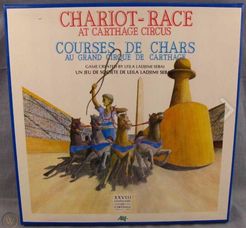


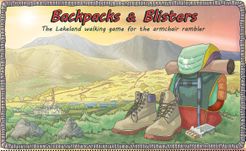
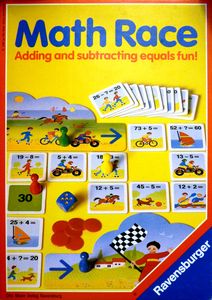
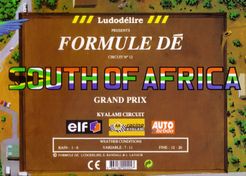
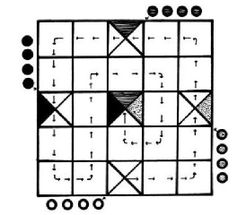
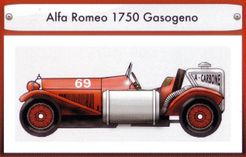
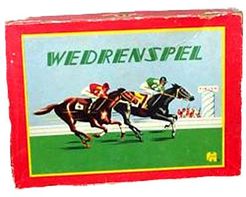
Comments (0)